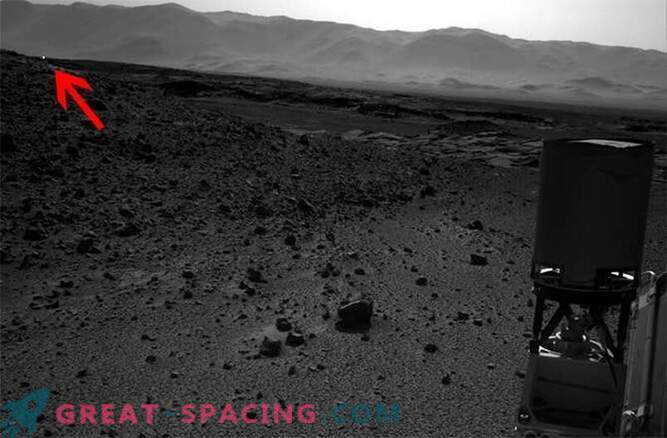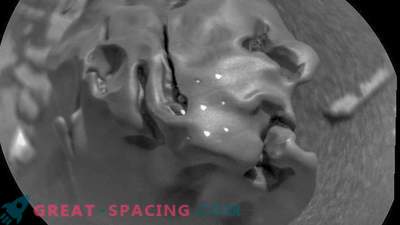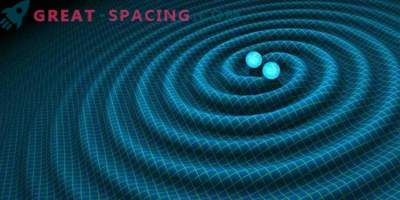
Any strange visual objects in photos from Mars will generate a huge interest of scientists, media and the public equally, but it seems to me that the strange “source of light” observed by the Curiosity rover has two possible, rational but fascinating explanations.
At a NASA press release on Tuesday evening, a member of the team that built and manages camera navigation (Navcam) on the rover outlined the most likely reasons for the bright point - a feature that does not appear in all photos Curiosity sent to Earth.

Curiosity Mars Rover during its mission
These official words are based on a preliminary theory explaining the origin of the glare captured by the Curiosity rover on April 3.
The hits of cosmic rays are often manifested in images obtained with the help of space equipment. Even on the surface of Mars, highly charged particles can penetrate deep into the atmosphere, causing bright spots on robotized chambers. It so happens that one of these bright spots is located over the Martina region. But there is an even more fascinating theory of the origin of these highlights. Light can be reflected from a particularly brilliant rock surface, since bright light was seen in the same place, at the same time of day, for two days.
According to the Curiosity mission, a potential shiny rock is located 160 meters from the location of the rover.

Navcam installed aboard the Curiosity Mars Rover
The rover's camera (Navcam) consists of two different cameras: the “left eye” and the “right eye”, which can provide a stereo image of the Martian surface. Usually, any strange objects detected by the rover appear on two cameras at once. But on April 2 and 3, observations were made only by the right camera.
"Usually we can quickly determine the likely source of a bright spot in the image, depending on which image of the stereo pair it appears on," Maki added. "In this case, things are not so simple, since this observation used only one camera."
Without a doubt, NASA will continue to explore this fascinating phenomenon.











































